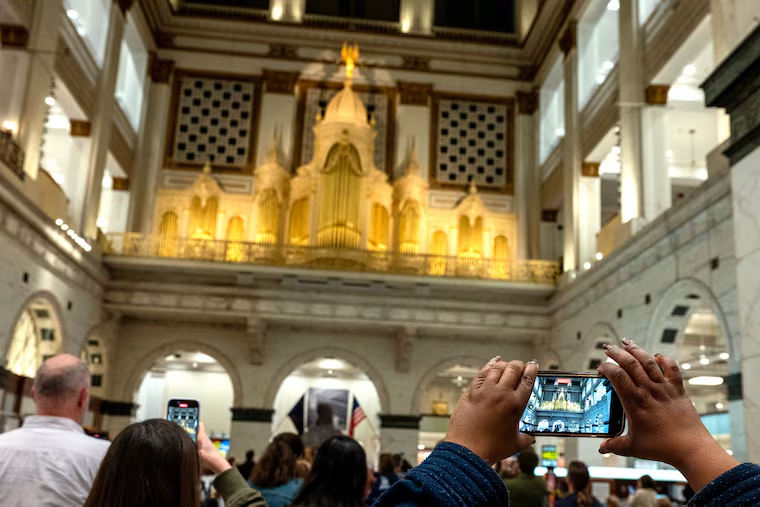10,000 Philadelphians gathered to bid the Wanamaker Organ a tearful farewell. Its silence will loom over the city.
You could walk into the Macy's to buy boots and walk out lifted up by Handel, Sibelius, or Sir Arthur Sullivan. That’s art serving its highest purpose.
